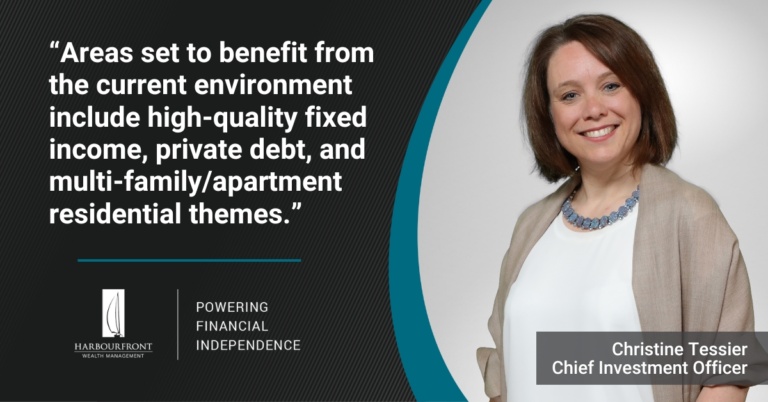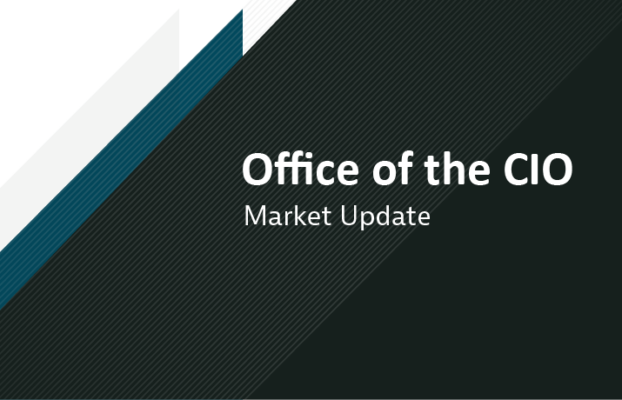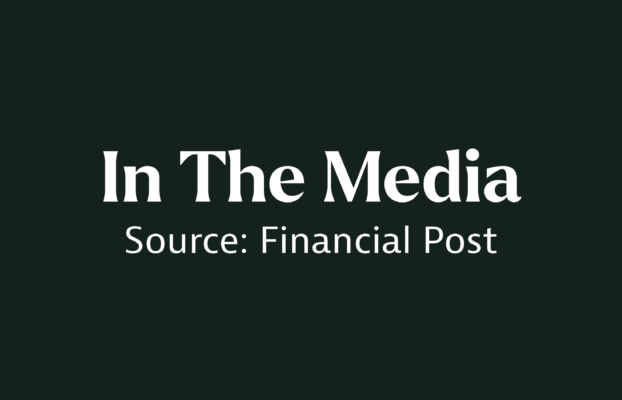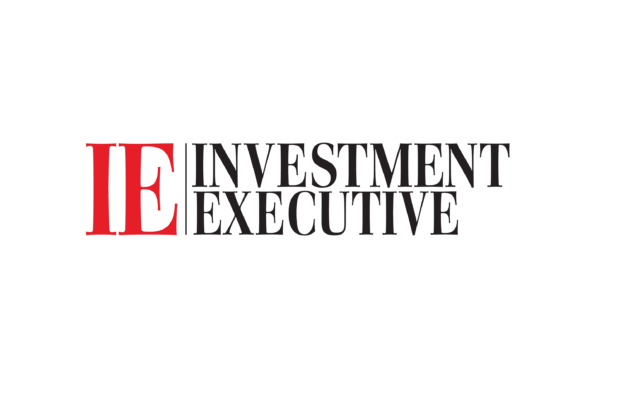What Does Another Bank of Canada Interest Rate Hike Mean for Markets?
On June 7, 2023, the Bank of Canada hiked rates by a quarter point, the first since pausing in March, bringing us to the highest benchmark rate since 2007.
Interest rates were increased from 4.5% to 4.75%. The increase was unexpected; the market expected it to hold until its July meeting. In a statement, the Bank of Canada announced the 25 basis points raise due in part to the uptick in inflation in April (from March 4.3% to April 4.4%); and stronger-than-expected economic resilience and job stability supporting the rate increase.
“This rate increase will impact individuals and families struggling with high inflation rates by continuing to increase mortgage rates, with holders of variable-rate mortgages feeling the burn immediately,” says Harbourfront Wealth Management’s Chief Investment Officer, Christine Tessier.
An industry veteran with over 20 years of experience as a Chartered Financial Analyst and Chartered Alternative Investment Analyst, Tessier brings extensive due diligence and product development experience across asset classes.
Here, Christine Tessier shares her perspective on the interest rate cycle and inflation:
Market expectations regarding interest rates
- Central banks primarily use interest rate increases and bond buying/selling to control inflation and indirectly, economic growth and employment.
- Prior to the announcement of the rate hike, markets were pricing in a Canadian rate hike later, possibly July. Current swap curve now anticipates further hikes later this year, given current economic strength and increase in the April inflation print (from 4.5% to 4.6%).
Canadian mortgage market
There is irony in the rate hike. A noteworthy part of our inflation print is mortgage inflation. By raising rates, the Bank of Canada also pushes up mortgage rates, which is inflationary. A key at-risk sector of the Canadian economy is single family variable rate mortgages, who will immediately feel this increase.
Notably, banks raised the prime rate hours after the Bank of Canada announcement, and the prime rate now sits at 6.95%.
US mortgage market
The mortgage market in the United States is substantially different versus Canada. In the US, mortgage rates are set for 30 years (no 5-year resets, as are the case in Canada). The impact of rate hikes in the US on mortgages and mortgage-driven inflation is low; while rate hikes may slow new mortgages, it has little/no impact on existing mortgages. It can, however, affect mobility of labour in the US, as individuals are less likely to move out of a low fixed rate mortgage. This is a noteworthy difference versus Canada, where interest rate increases directly drive up mortgage costs for Canadians.
Why continue to raise rates? Raising rates appears to be the only tool in the toolkit. It’s the primary tool used by Central Banks since the 1980s.
“Unfortunately, it’s unclear how rate increases will help supply-driven inflation affecting things like the cost of skilled labour and food prices.”
Debate and data regarding the causes of inflation
Raising rates to control inflation helps to address demand-driven inflation, as it helps make goods more expensive.
There is continued evidence that current inflation levels are hard-to-quantify. Supply driven inflation are also present in the current inflation print.
Supply-driven inflation factors include pandemic and subsequent bounce back; war; geopolitical reconfiguration of supply chains (i.e., on-shoring); extreme climate change and green energy shift; and labour imbalances.
Currently, data on these supply-driven pressures is low. They’re also not easily controlled via interest rate policy changes.
Central bank coordination
Central banks are working in lockstep all over the world. The US market is crying for more rate hikes. Markets were expecting slower rate movements in Canada, perhaps in tandem with European Central Bank activity. Canadian rate policy is most often tied to US policy, given the tight link between our markets.
What does it mean for markets?
Rate increases are expected to tighten lending conditions. New investment grade bond issues will benefit from this tightening in quality. More notably, private debt will benefit from increased demand.
Higher rates may dampen longer-term economic growth, which leads to lower prospects for equities and lower-quality investments. Multi-family housing/rental housing continues to be attractive as pressure hits single-family homes and make new single-home purchases increasingly unaffordable.
“Now is an opportune time for Financial Advisors to review risk in their portfolios. In some cases, particularly for clients where there is high sensitivity to volatility, an increase in quality and safety may be warranted in this time of uncertainty. Areas set to benefit from the current environment include high-quality fixed income, private debt, and multi-family/apartment residential themes,” says Tessier.

If you have questions about what this means for your portfolio, connect with your advisor.
Christine Tessier
Chief Investment Officer, Harbourfront Wealth Management
Disclaimer
I, Christine Tessier, have prepared this commentary to give you my thoughts on various investment alternatives and considerations which may be relevant to your portfolio. This commentary reflects my opinions alone and may not reflect the views of Harbourfront Wealth Management. In expressing these opinions, I bring my best judgment and professional experience from the perspective of someone who surveys a broad range of investments. Therefore, this report should be viewed as a reflection of my informed opinions rather than analyses produced by Harbourfront Wealth Management Inc.




Market and Economic Insights – Q1 2025
10 April 2025